From vast data centers to mobile phones, the power of computers continues to transform our lives. But there are some problems across artificial intelligence, in the design of new materials, pharmaceuticals, and clean energy devices that they will simply never solve. So even if we turned our entire planet into a giant supercomputer we wouldn’t be able to solve these and many other important problems. The good news is that if we could build a computing device based on fundamental quantum principles, we could.
World Economic Forum Annual Meeting 2016 (Page 2 of 3)
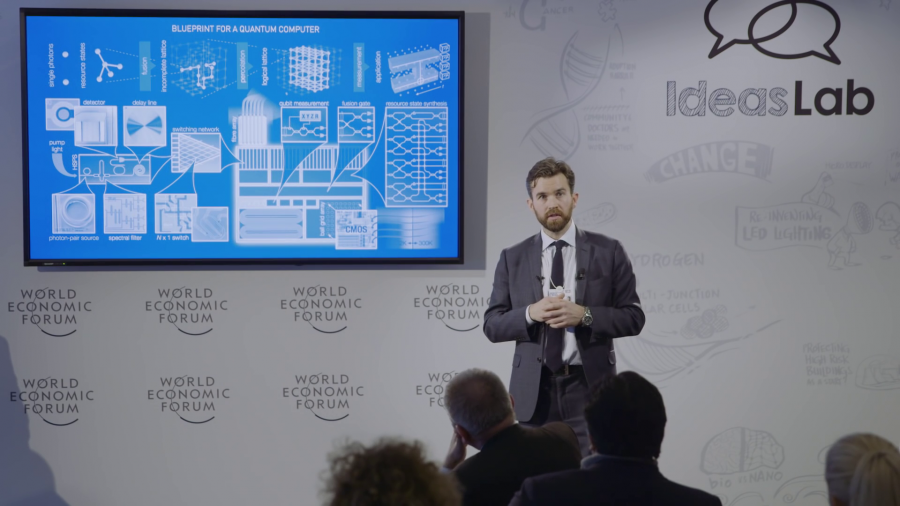
Towards a Quantum Computer
presented by Jeremy O'Brien
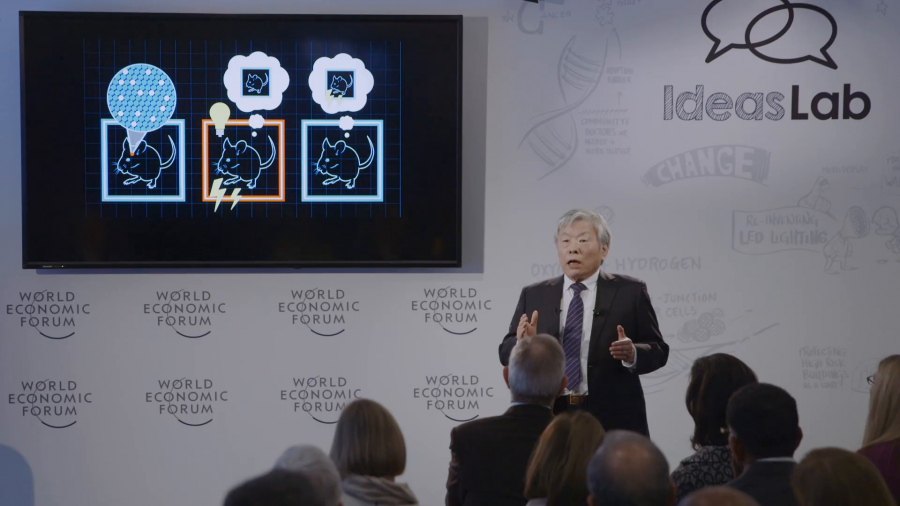
Controlling the Brain with Light to Reactivate Lost Memories
presented by Susumu Tonegawa
The key molecule of optogenetics is a light-sensitive protein called channelrhodopsin, which is extracted from green algae. Scientists can insert channelrhodopsin into memory cells. Subsequently, scientists can even activate these with blue light which they deliver deep inside the brain with optic fibers.
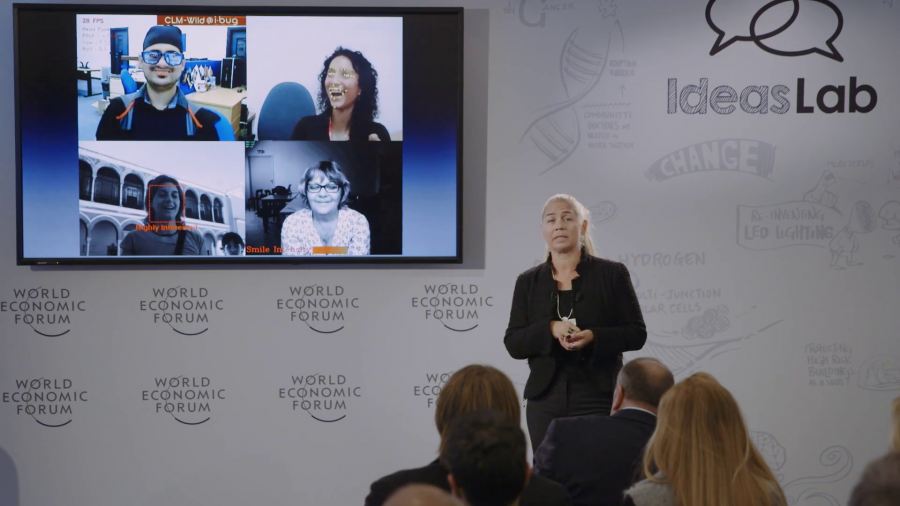
Machines That Can Read Human Emotions
presented by Maja Pantic
The face is a constant flow of facial expressions. We react and emote to external stimuli all the time. And it is exactly this flow of expressions that is the observable window to our inner self. Our emotions, our intentions, attitudes, moods. Why is this important? Because we can use it in a very wide variety of applications.
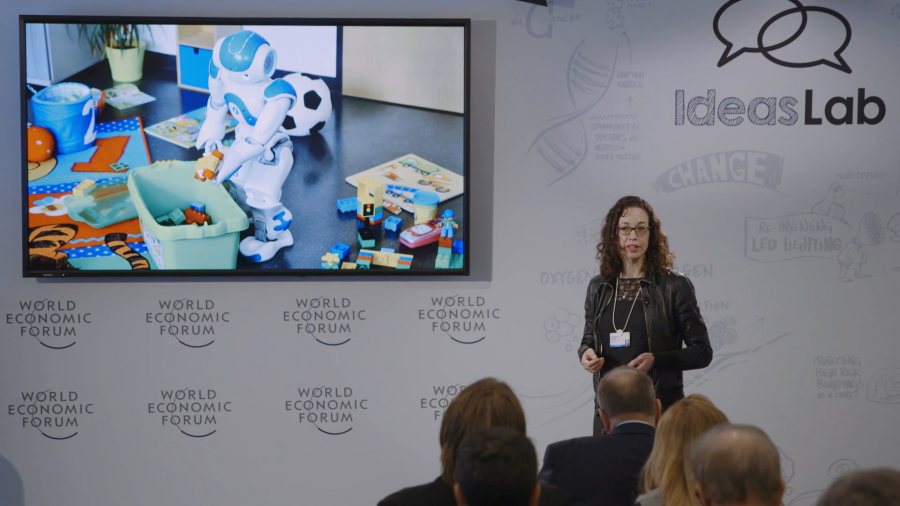
The Rise of Social Robotics
presented by Vanessa Evers
Social referencing is so great robots should do it, too. But first there are some technical challenges that we need to solve. For instance, low energy consumption. Throughout these technical challenges, what these robots really need to do is understand the social environment that they are in.
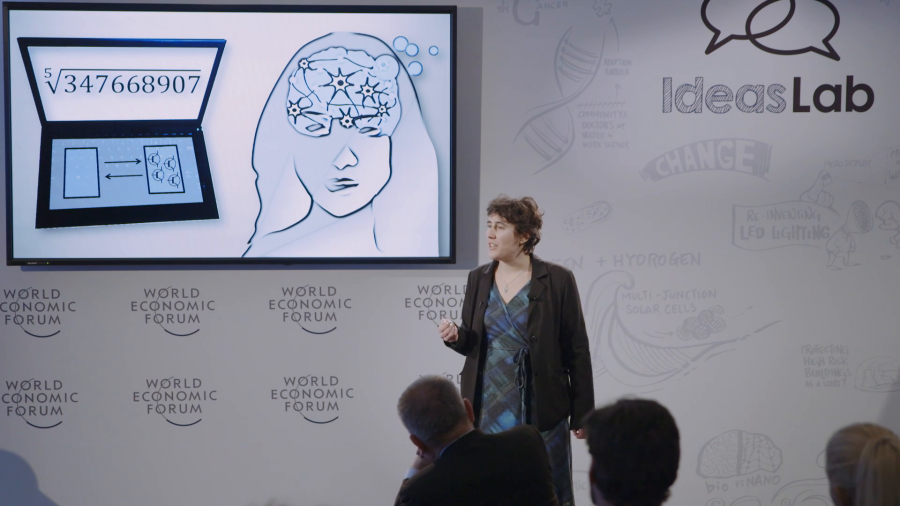
Realizing a Brain on a Chip
presented by Julie Grollier
If we want to continue increasing the performance of our computers, we need to rethink the way we compute. And our brains are wonderful proof that impressive computations can be carried out with a very low power budget.
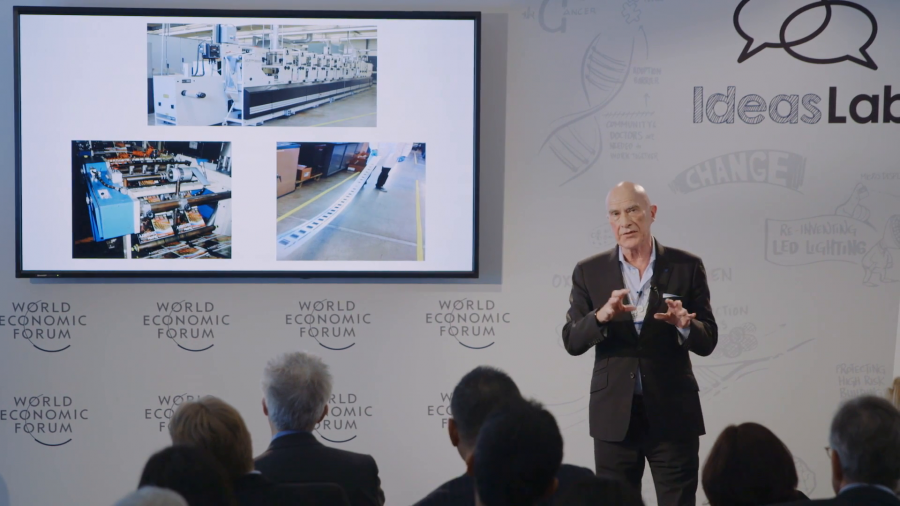
The Factory of the Future Fits in Your Home
presented by Paul K. Wright
As we began this work in 1987, 1990, going through that period, 3D printers were pretty clumsy. But now they’re cheaper, they’re much more precise and much more accurate. So, [now] we can actually print the chemicals for a battery.
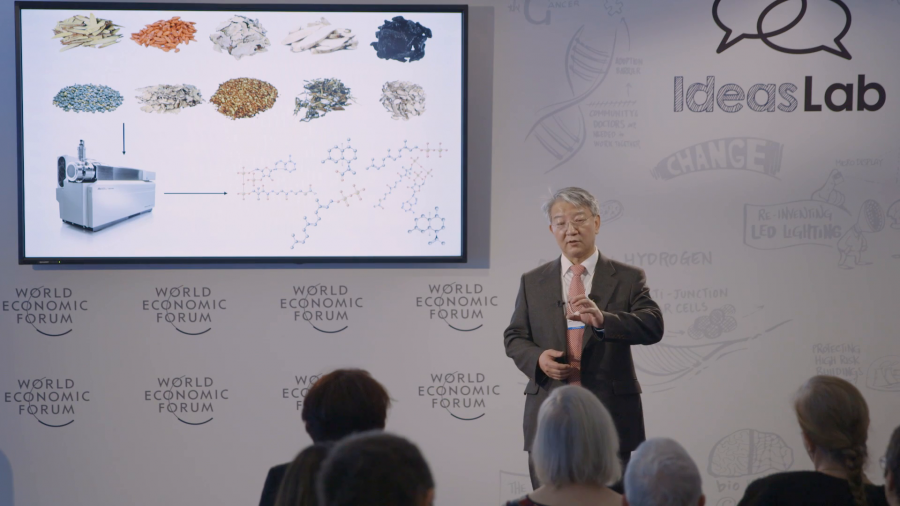
Traditional Medicine Reimagined Through Modern Systems Biology
presented by Lee Sang-Yup
Why are natural compounds better than synthetic chemicals to treat diseases? We have intensively analyzed all those known compounds in the natural products, and found that these compounds have higher similarity, especially structural similarity, to human metabolites.

Applying Neuroscientific Findings to Enduring Social Problems
presented by Keith Humphreys
When lower primates form a hierarchy, those at the bottom undergo a change in their dopamine system. This makes them more likely to consume drugs in an addictive fashion. Now, if this turns out to be true of our species, that would mean that human beings are particularly vulnerable if they’re in some way dominated or don’t have any power.
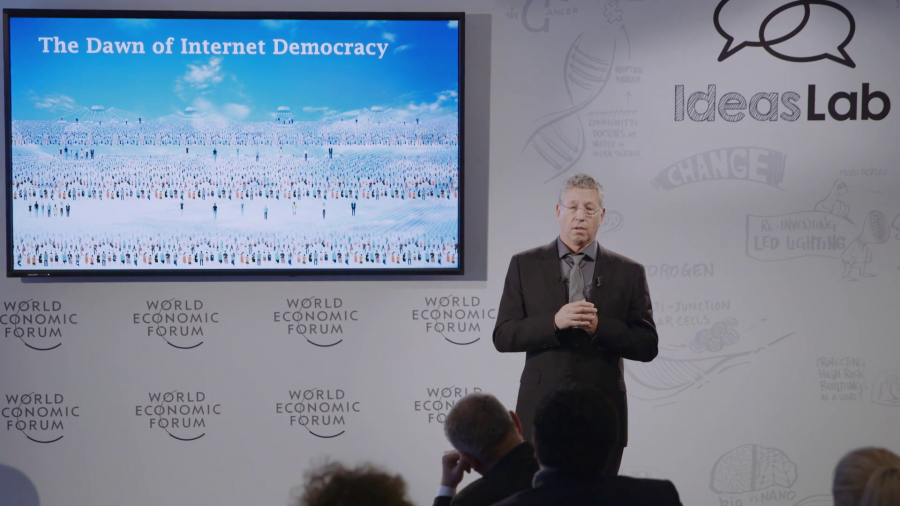
From Biomolecular Computing to Internet Democracy
presented by Ehud Shapiro
My main point is that Internet technology today does not support the right of assembly, and therefore it cannot and does not support democracy. The reason is that even though we can easily form groups on Google, Facebook, you name it, we don’t know who the people on the group are.
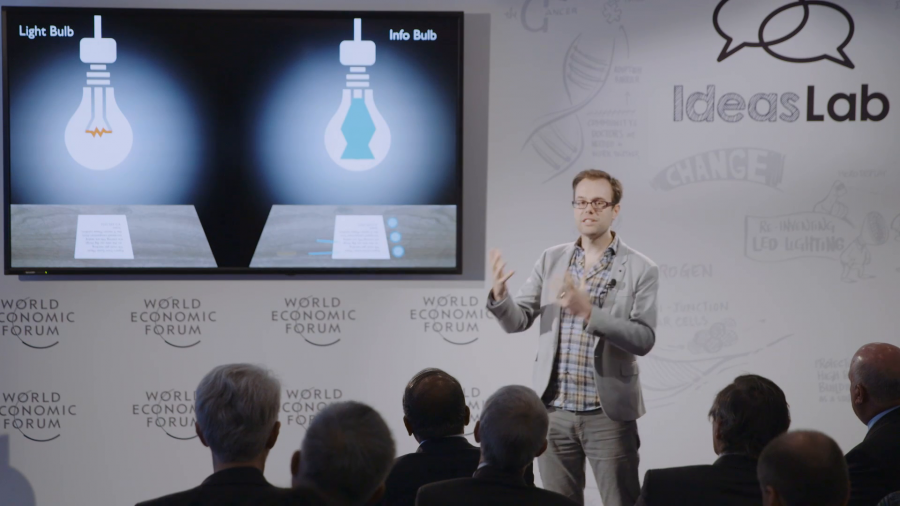
Reimagining Everyday Devices as Information-Delivery Systems
presented by Chris Harrison
What we’re trying to think about now is, take the sort of venerable light bulb and recast it as a computational appliance. So, how do we take something that’s been so remarkably successful and infuse it with computational abilities?
